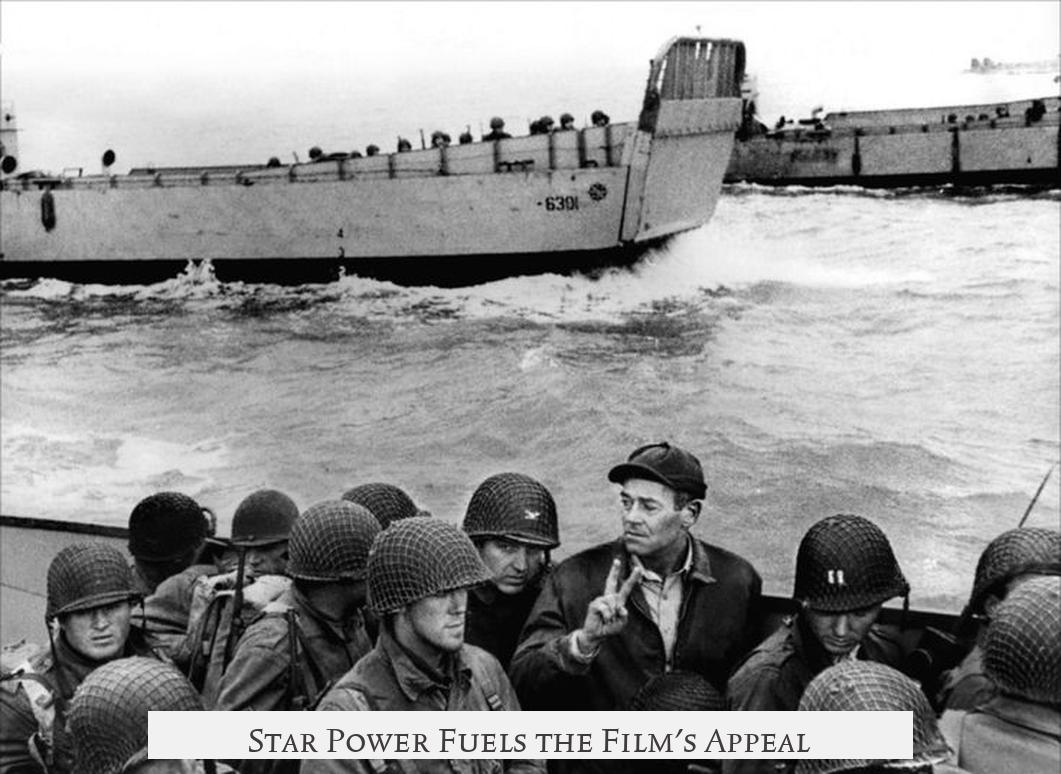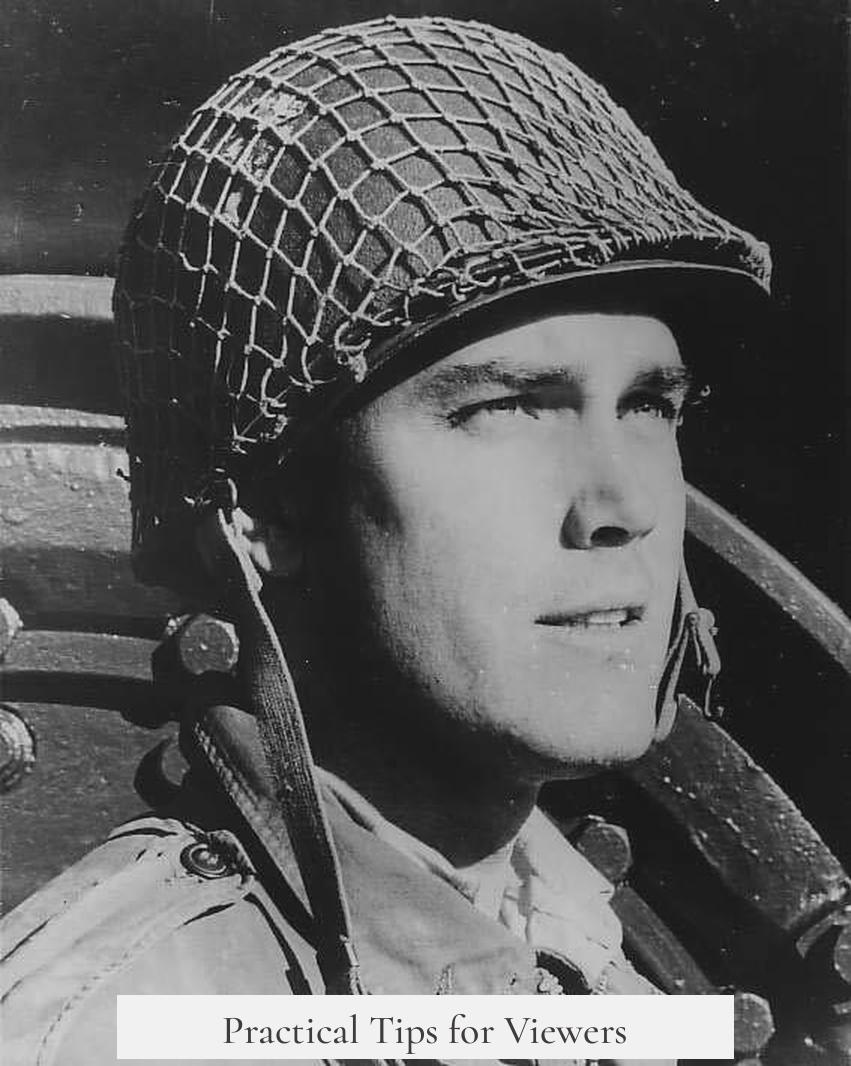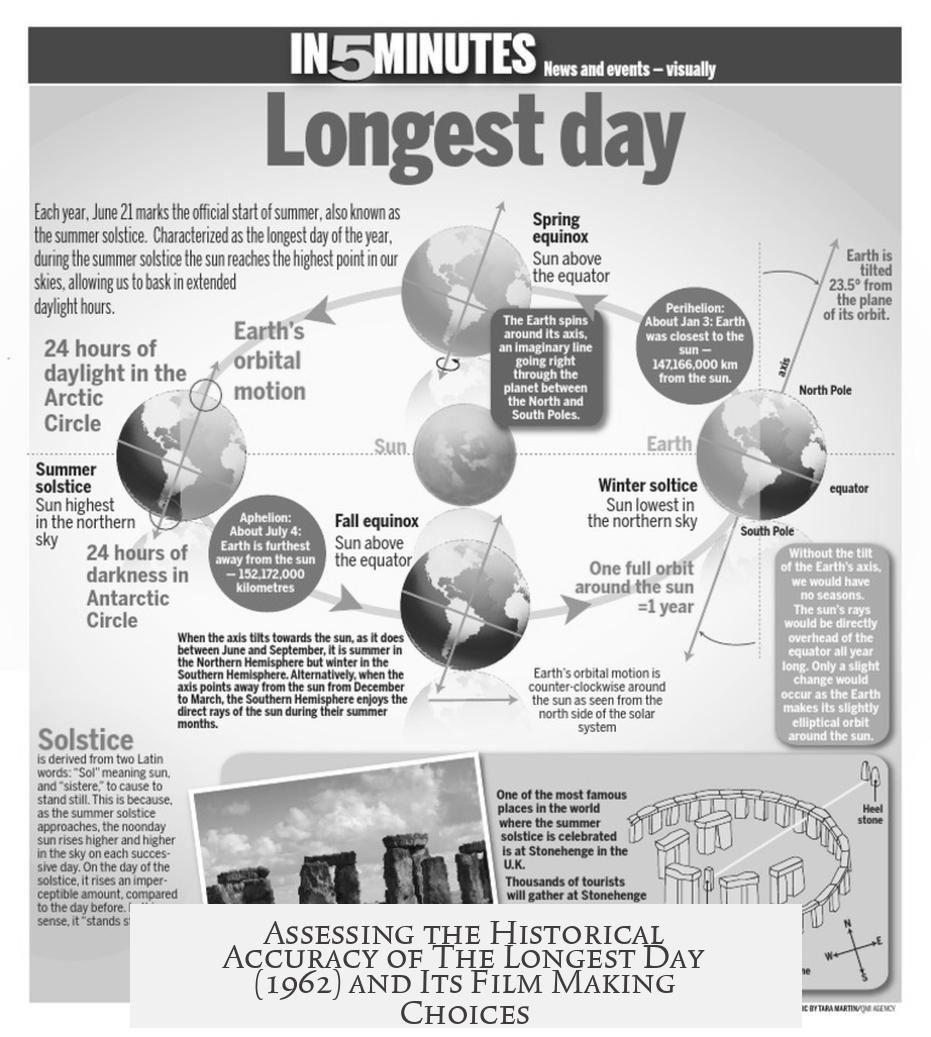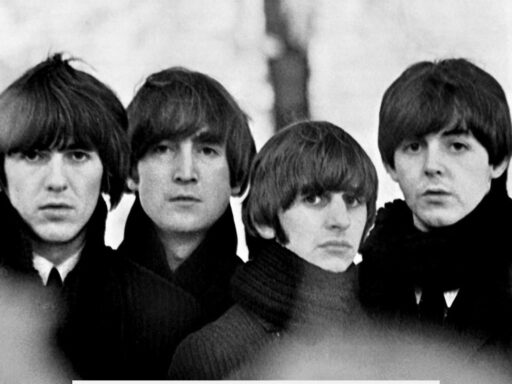“The Longest Day” (1962) presents a fairly accurate depiction of the D-Day invasion during World War II. Based on Cornelius Ryan’s book, the film captures the major events and strategies with reasonable fidelity. However, it incorporates some artistic license to enhance drama and narrative flow.
The film uses several authentic locations to ground its storytelling. Key sites such as Pegasus Bridge and Pointe du Hoc are featured, adding historical weight. These real settings contribute to the film’s sense of realism by depicting where critical actions unfolded during the Normandy landings.
Despite these strengths, the movie shows some inaccuracies and omissions. It notably excludes Canadian forces, a significant component of the Allied effort. Their absence overlooks the role they played in the overall campaign. Another inaccuracy is the portrayal of the seawall demolition—which did not actually occur in the real assault as depicted.
The depiction of paratrooper diversions also introduces creative elements. The use of “Ruperts,” dummy parachutists intended to mislead German defenders, is portrayed in an overly elaborate fashion. While this exaggeration adds suspense, it departs from the more straightforward tactics used.
- Core events and strategies mostly align with historical records.
- Real locations like Pegasus Bridge enhance authenticity.
- Canadian troops are omitted, skewing representation.
- No seawall demolition took place in reality.
- Dummy parachutists are dramatized beyond actual use.
Overall, “The Longest Day” balances respect for historical fact with necessary adjustments for cinematic storytelling.
How Accurate Is the Movie: The Longest Day? (1962)

Is “The Longest Day” a faithful depiction of D-Day? The answer is yes—mostly. The 1962 war epic, based on Cornelius Ryan’s meticulously researched book, captures the spirit and the sheer scale of the Allied invasion of Normandy on June 6, 1944. It nails many of the key moments and environments but swings a bit with Hollywood flair.
The film’s goal is clear: to immerse viewers in the complexity and chaos of D-Day from multiple perspectives. It accomplishes that with impressive authenticity, even if it occasionally slips into embellishment for drama. Let’s jump into what gets it right, where it stumbles, and why it remains a cinematic classic.
A Closer Look at Its Accuracy
First off, the movie gets the big historical events right. From the airborne drops over Pegasus Bridge to the amphibious assaults on Omaha Beach, the timeline is solid. The filmmakers even shot some scenes at real D-Day locations like Pegasus Bridge and the cliffs of Pointe du Hoc, adding texture few war films achieve.
But no historic epic is perfect. Some details were conveniently tweaked or omitted. The Canadian forces, for example, didn’t make the cut in the film and are noticeably absent despite their crucial role during D-Day. Plus, the noted demolition of the seawalls on the beaches, a key element in the real assault, is missing from the cinematic retelling.
Then there’s the curious case of the ‘Ruperts.’ These dummy parachutists, used by the Allies to confuse German defenders, appear more elaborate in the film than they were. While the real dummies were no joke, the movie adds a dash of flair to heighten suspense—but it’s not a serious misinformation offense.
Why These Choices Matter
Why leave out the Canadians or the seawall demolition? Movie magic and narrative focus. With such a vast operation to portray, the filmmakers chose to spotlight certain Allied forces, like the Americans and British, arguably to appeal to the audiences of the early 1960s. The omissions don’t erase the effect of the filmed battle but do simplify the historical mosaic.
Still, these gaps open a conversation on how film shapes popular history. A fresher retelling might aim for fuller inclusion. Yet for its time, “The Longest Day” paved a way to engage millions with history beyond textbooks.
Star Power Fuels the Film’s Appeal

Let’s talk cast. The Longest Day boasts an all-star lineup including John Wayne, Sean Connery, Henry Fonda, and Robert Wagner. Each actor brings gravitas, making viewers feel they are witnessing real soldiers and commanders in action. This casting strategy adds weight but also lends some Hollywood gloss—no one expected a grim documentary atmosphere here.
The performances make historical figures relatable, humanizing events often retold only in statistics or tactical reports. What would you feel seeing John Wayne lead troops into battle or Henry Fonda depict a wary general? The film invites empathy and reflection, walking a delicate line between entertainment and education.
Cinematic Craftsmanship: The One-Take Scene
From a filmmaking perspective, one sequence deserves particular praise: a breathtakingly long single take. This shot pulls viewers directly into the battlefield’s tension, chaos, and uncertainty, mimicking the soldiers’ experience without a cut to break the immersion. Few war films of that era attempted such a bold technique, and it still stands out today.
Camera work like this boosts the authenticity of the film. It’s a smart choice, focusing less on flashy effects and more on sustained realism, drawing audiences into the unfolding drama.
Balancing History and Hollywood
So, how accurate is “The Longest Day” overall? It strikes a commendable balance. The film captures the broad sweep and emotional core of D-Day with fidelity. It respects historical events while accepting the cinematic need for pacing, drama, and narrative clarity.
If you want a detailed, fully comprehensive documentary, this isn’t it. But if you desire a gripping, largely accurate portrayal that honors the bravery and complexity of the invasion, this film delivers.
For history lovers and film buffs alike, it acts as a springboard. It sparks curiosity to dig deeper, learn about overlooked heroes, and understand the immense scale of one of history’s pivotal battles.
Practical Tips for Viewers

- Watch with a D-Day timeline or history book handy. Not to overanalyze but to see where the movie shines or simplifies.
- Research the Canadian contributions separately to appreciate the broader Allied effort.
- Think of the film as a tribute rather than a detailed military report—enjoy its emotional power and acting.
- If you want more recent perspectives, look for documentaries or modern films that revisit D-Day with updated research.
By doing this, you get the best of both worlds: cinematic drama and historical accuracy. Consider it a gateway to understanding the real stories behind the heroism and strategy.
Final Thoughts
“The Longest Day” (1962) is a remarkable film that manages to respect history without locking itself in too tightly. Its use of real locations adds authenticity. Its omissions remind us that storytelling requires focus. Its star-studded cast infuses energy, and impressive cinematography keeps viewers on edge.
As a historical retelling, it succeeds admirably. As a movie, it engages and entertains. If you’re curious about D-Day, it’s a fantastic place to start. Just remember, history is complex, and no single film can capture it all. Ready to revisit Normandy through the camera’s lens? This movie waits with open arms—and a big cast of legends.
Was “The Longest Day” (1962) filmed at actual D-Day locations?
Yes, the movie used real locations like Pegasus Bridge and Pointe du Hoc to enhance realism.
How accurate is the film’s depiction of the D-Day assault?
The film portrays major events well but includes some artistic additions and minor errors.
Were all Allied forces represented accurately in the movie?
No. Canadian troops were left out, which is a notable omission from the actual events.
Did the movie show the real demolition of the seawall on D-Day?
The film did not include the seawall demolition, which was part of the real assault but omitted here.
Are the parachute scenes historically accurate?
The use of dummy parachutists, called ‘Ruperts,’ was shown but exaggerated for effect in the movie.



